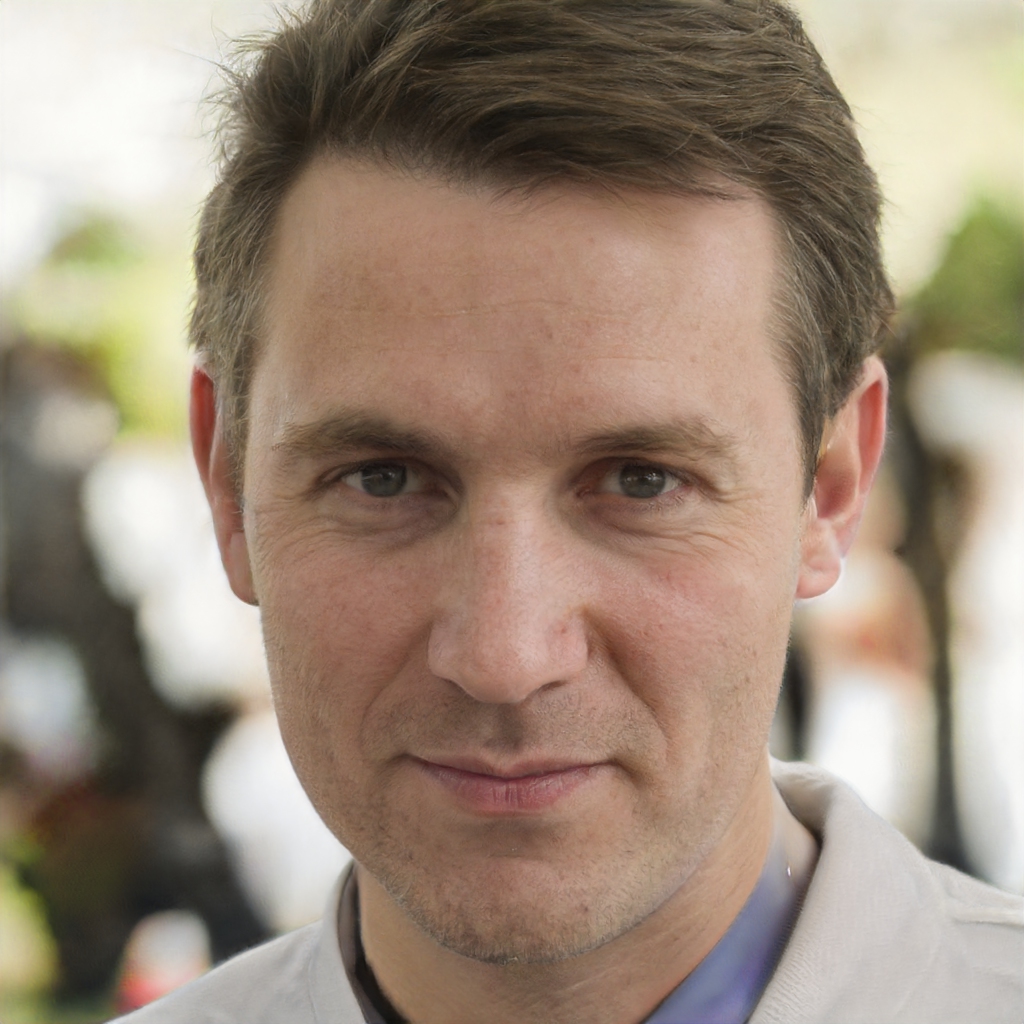Can There Really be a Cure for Blindness?
Click here to read more about the efforts being made into diminishing the threat of blindness, and how these efforts are already impacting the lives of so many.
Author:Karan EmeryReviewer:Stefano MclaughlinMar 19, 202156.2K Shares1.4M Views

Blindness is something that, for the overwhelming majority of us, remains a concept so far removed from our own experiences that we can only begin to quantify the impact it has on an individual’s life. From impaired vision to the loss of all light perception, the various categories of blindness all represent sources of significant trials and tribulations for millions of people across the globe.
And, beyond the practical and emotional impact of blindness, we also need to consider the socioeconomic impact of this condition. From facing an inability to work to being ostracised by members of one’s community – and, in some cases, one’s own family – it would be remiss to overlook quite how far-reaching the effects of blindness truly are, particularly in poorer parts of the world, where financial and medical support is far less easily attained.
In the past, surveys have found that going blind ranks among some of our biggest fears – even in more developed nations, where support is far more readily available – and even in spite of the fact that our understanding of the conditions which lead to sight loss remains relatively limited.
So, for those not working on the frontline of research, can there ever be a cure for blindness? Read more below.
Blindness Is Not A Singular Phenomenon
To refer to a cure for blindness is, in many ways, akin to referring to a cure for ‘back pain’, in the sense that there exists a long list of potential causes for both conditions, and to cure the ailment necessitates addressing each potential cause individually. When it comes to back pain, improving our posture will not solve back pain for those who suffer muscular degeneration; when it comes to blindness, the issue is exactly the same.
Our vision can be impaired or lost for a wide variety of reasons, from congenital conditions to injury, age, and other conditions such as diabetes, which means that curing blindness as-a-whole can only be achieved by the combined efforts of a wide variety of researchers, investors and scientific and medical professionals.
Remarkable Work Is Being Done
The fact that ‘curing blindness’ necessitates an incredibly broad spectrum of research and work should not be taken as a daunting prospect, even if it is not as simple as it initially seemed. In reality, remarkable progress has already been made into a number of the most prominent causes of blindness.
For instance, one of the most prevalent forms of blindness is due to corneal disease – a condition that is often curable, but which is far more prevalent in poorer parts of the world, where medical innovation’s reach all too often falls short.
Work is, however, being done to rectify this issue. Investors are creating a solid platform from which the latest research and innovations can be deployed in order to cure corneal blindness in developing nations, with a view to eradicating this condition within the next two decades.
This offers an incredible new lifeline to innumerable sufferers, and a great deal of insight into the remarkable work pouring forth in support of a future where myriad forms of blindness represent treatable and preventable conditions, rather than some of our biggest fears.

Karan Emery
Author
Karan Emery, an accomplished researcher and leader in health sciences, biotechnology, and pharmaceuticals, brings over two decades of experience to the table. Holding a Ph.D. in Pharmaceutical Sciences from Stanford University, Karan's credentials underscore her authority in the field.
With a track record of groundbreaking research and numerous peer-reviewed publications in prestigious journals, Karan's expertise is widely recognized in the scientific community.
Her writing style is characterized by its clarity and meticulous attention to detail, making complex scientific concepts accessible to a broad audience. Apart from her professional endeavors, Karan enjoys cooking, learning about different cultures and languages, watching documentaries, and visiting historical landmarks.
Committed to advancing knowledge and improving health outcomes, Karan Emery continues to make significant contributions to the fields of health, biotechnology, and pharmaceuticals.

Stefano Mclaughlin
Reviewer
Stefano Mclaughlin is a Psychologist focused on mental health, emotional well-being, and healthcare policy. He studied Psychology and Public Health at the University of Massachusetts Amherst, gaining a deep understanding of the intersection between mental health and public policy.
Stefano's mission is clear: he aims to destigmatize mental health discussions, improve access to mental healthcare, and promote emotional well-being for all. Drawing from personal experiences with anxiety and depression, Stefano shares real stories to make mental health topics more relatable and less intimidating.
In addition to his advocacy work, Stefano enjoys delving into books, experimenting in the kitchen, and embarking on new adventures. These hobbies fuel his creativity and inspire fresh perspectives for his advocacy work.
Latest Articles
Popular Articles